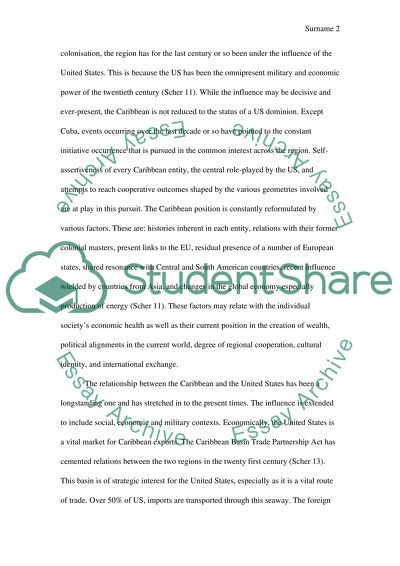Cite this document
(“Afro Carribean Culture Essay Example | Topics and Well Written Essays - 2250 words”, n.d.)
Afro Carribean Culture Essay Example | Topics and Well Written Essays - 2250 words. Retrieved from https://studentshare.org/history/1451173-afro-carribean-final
Afro Carribean Culture Essay Example | Topics and Well Written Essays - 2250 words. Retrieved from https://studentshare.org/history/1451173-afro-carribean-final
(Afro Carribean Culture Essay Example | Topics and Well Written Essays - 2250 Words)
Afro Carribean Culture Essay Example | Topics and Well Written Essays - 2250 Words. https://studentshare.org/history/1451173-afro-carribean-final.
Afro Carribean Culture Essay Example | Topics and Well Written Essays - 2250 Words. https://studentshare.org/history/1451173-afro-carribean-final.
“Afro Carribean Culture Essay Example | Topics and Well Written Essays - 2250 Words”, n.d. https://studentshare.org/history/1451173-afro-carribean-final.


